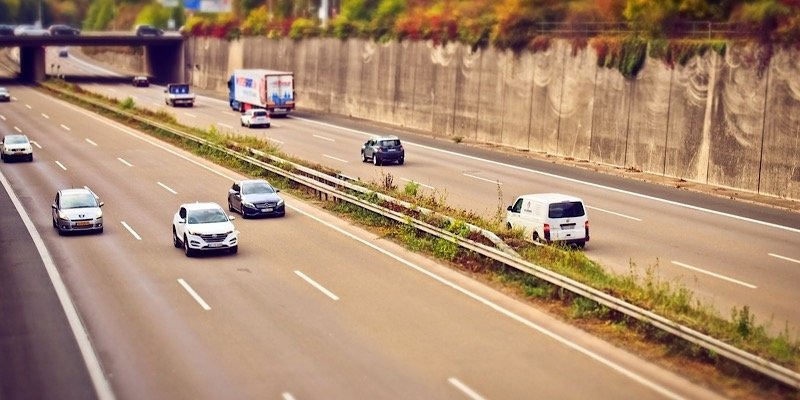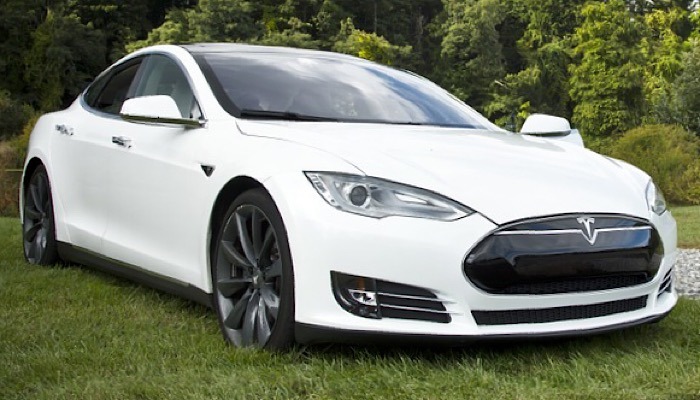
The Internet of things is supposed to make things easier for us. It’s what drives the entire industry, letting the technology take over and do things for us. This means if they stop helping us or if they fail to do better than what we do as humans, then the technology becomes unnecessary.
Tesla is in danger of being placed in that category after a test of a new feature. Their Navigate feature doesn’t even perform as well as humans, and when we’re discussing safety, that’s just not okay. The car manufacturer’s newest version of the Autopilot system allows the car to take over and switch lanes autonomously. However, a report shows it’s less safe than having a human driver.
Tesla Lane Change Feature
Consumer Reports road-tested Tesla’s Navigate feature on the Autopilot system that allows vehicles to change lanes autonomously with no help from the driver. The car manufacturer claims the feature leads to “a more seamless active guidance experience.”
Nonetheless, in a review, the consumer-oriented research company reported that the it “observed the opposite in its own tests of the feature, finding that it doesn’t work very well and could create potential safety risks for drivers.”
It was determined after the testing that the Navigate feature is “far less competent than a human driver,” according to Consumer Reports senior director of auto testing, Jeff Fisher.
“The system’s role should be to help the driver, but the way this technology is deployed, it’s the other way around.”
The Navigate feature allows the Tesla vehicle to initiate a lane change that doesn’t require confirmation from the driver. Consumer Reports determined that “the feature cut off cars without leaving enough space and even passed other cars in ways that violate state laws. … As a result, the driver often had to prevent the system from making poor decisions.”

Tesla directed Consumer Reports to its blog post on April 3 announcing the Navigate feature of Autopilot where it stated that “more than 9 million suggested lane changes have been successfully executed with the feature in use.”
It added that drivers have logged more than 66 million miles using Navigate and that the feature’s goal is to guide the vehicle through highway driving “from on-ramp to off-ramp.” They believe all this driving experience is a “validation” of that feature.
But the sticking point for both Tesla and the autonomous car industry as a whole is that human drivers are giving more control to the vehicles than is suggested. Tesla warns that “drivers should always be attentive when using Autopilot,” but that goes against the idea of having the feature to begin with
Even the nomenclature of Navigate seems caught between safety and risk. The four settings are Disabled, Mild, Average, and Mad Max, which conjures up many images of being reckless.
What cannot be challenged is Consumer Reports’ testing of the Navigate feature. It found that the vehicles “often changed lanes in ways that a safe human driver would not — cutting too closely in front of other cars and passing on the right.”
Further, while Tesla claims the three rear-facing cameras on vehicles can detect fast-approaching objects from the rear better than a human driver, Consumer Reports found that it struggled with detecting approaching vehicles, and because of that “the system will often cut off a vehicle that is going a much faster speed since it doesn’t seem to sense the oncoming car until it’s relatively close.”
Navigate Comes Up Short
All in all, it seems like the Navigate feature comes up short for the self-driving genre. For the idea of autonomous cars to progress, there needs to be trust between the public and the cars, and nothing about Consumer Reports’ testing or the Mad Max setting leads to this.
Would you be willing to drive a Tesla and use the lane-changing feature of Autopilot? Share your thoughts and concerns in the comments below.







